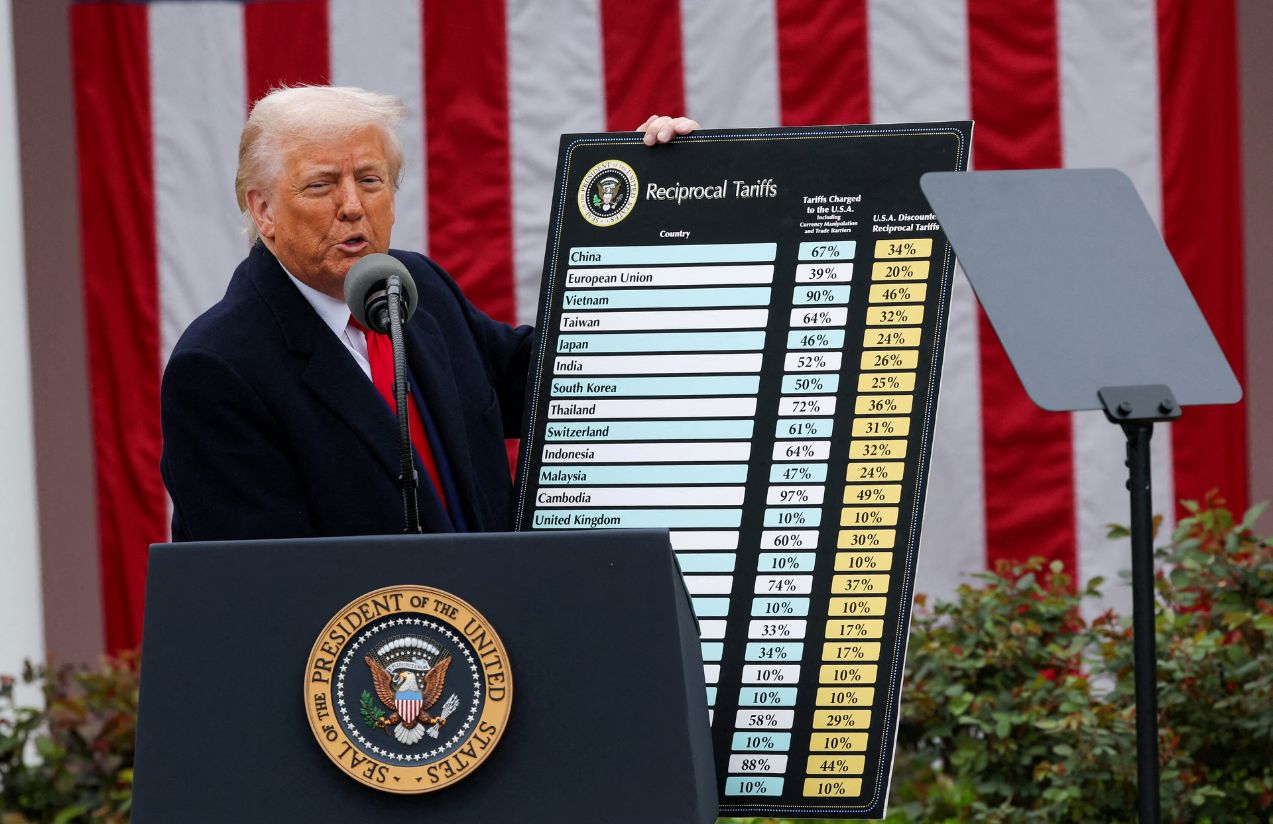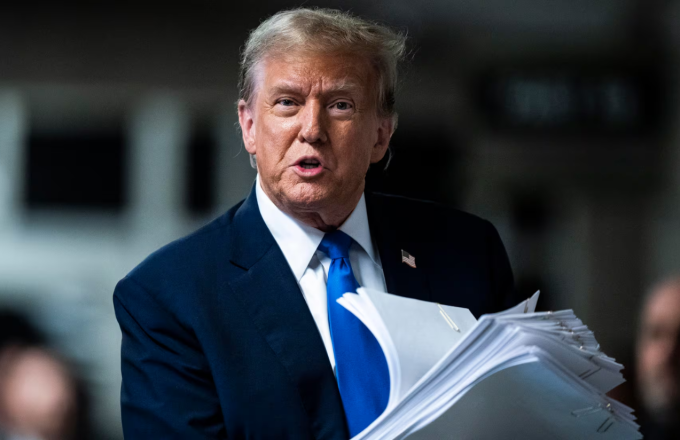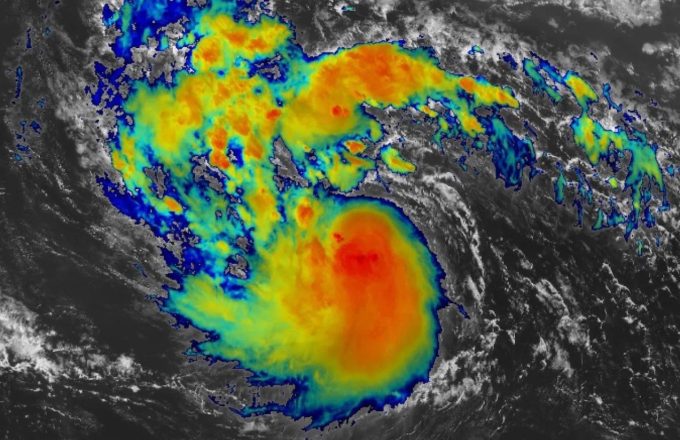The United States government, Donald Trump, has decided to impose a 50% tariff on a wide range of Indian exports, sparking concerns in international trade. This measure adds to a previous 25% surcharge, pushing taxes to a historic level that affects much of the goods India sells to the U.S. market.
Among the products impacted are textiles, jewelry, footwear, furniture, sporting goods, and chemicals, sectors that employ millions of workers in India. Although strategic areas such as pharmaceuticals, semiconductors, and electronics were temporarily exempt, analysts warn that the economic blow will be deep and long-lasting.
The consequences are already being felt:
rising costs, risk of job losses, and pressure on local industries, which heavily depend on exports to the United States. Programs like the “Make in India” industrialization plan could be severely affected, reducing the country’s competitiveness on the global stage.

What does this mean for U.S.-India relations?
This tariff hike represents a setback in bilateral cooperation and opens the possibility for India to strengthen ties with other strategic partners, potentially shifting the balance of international alliances.













